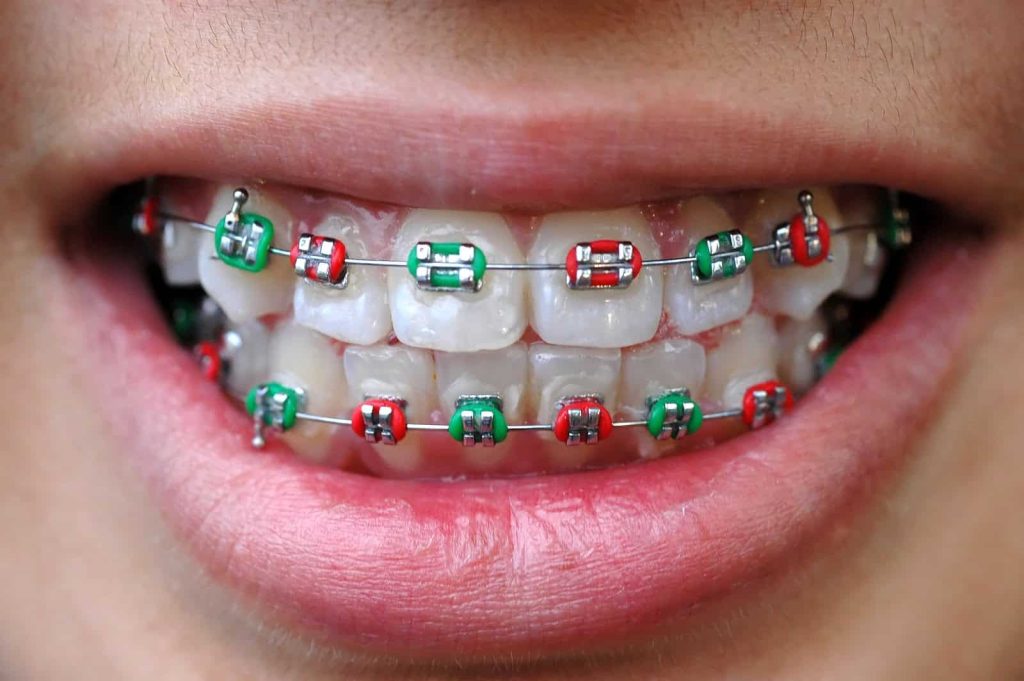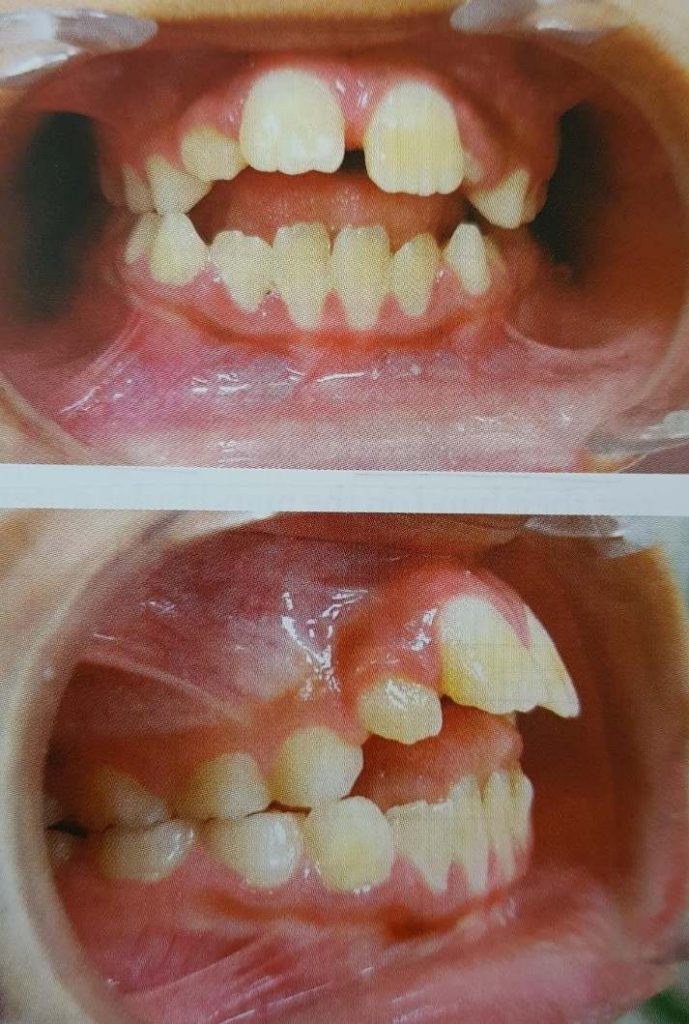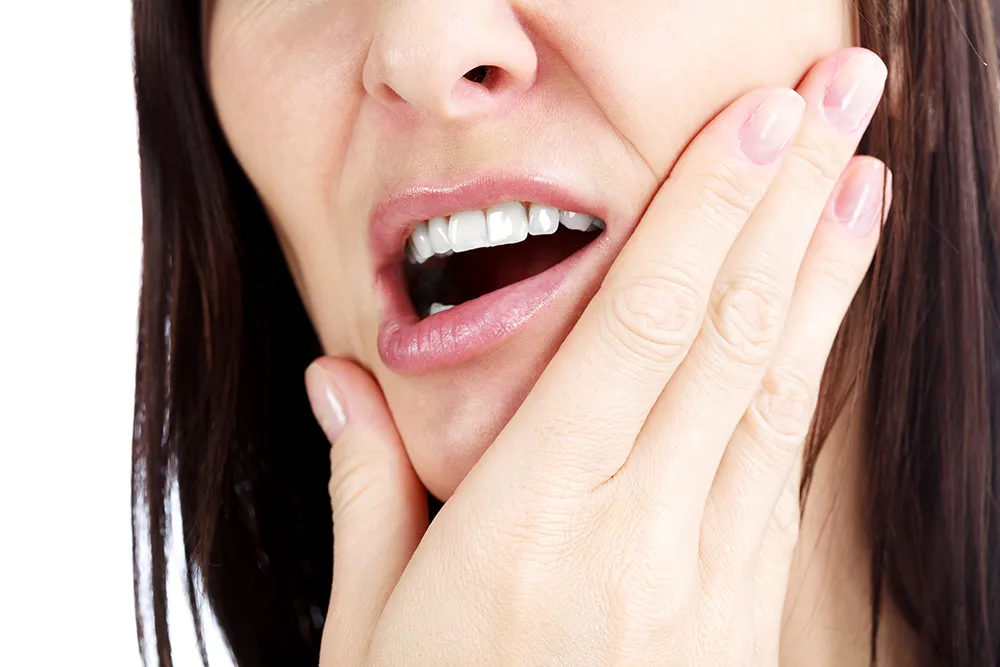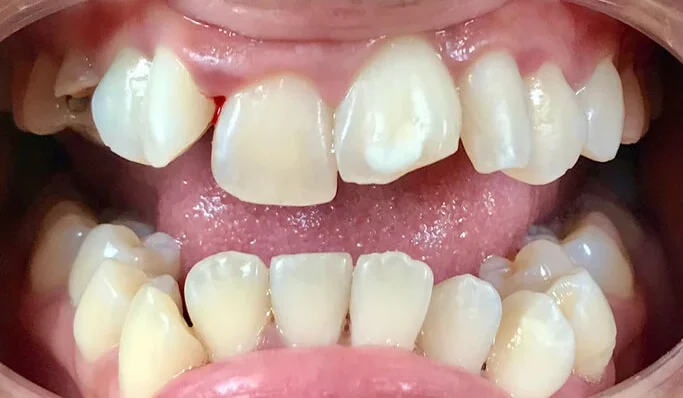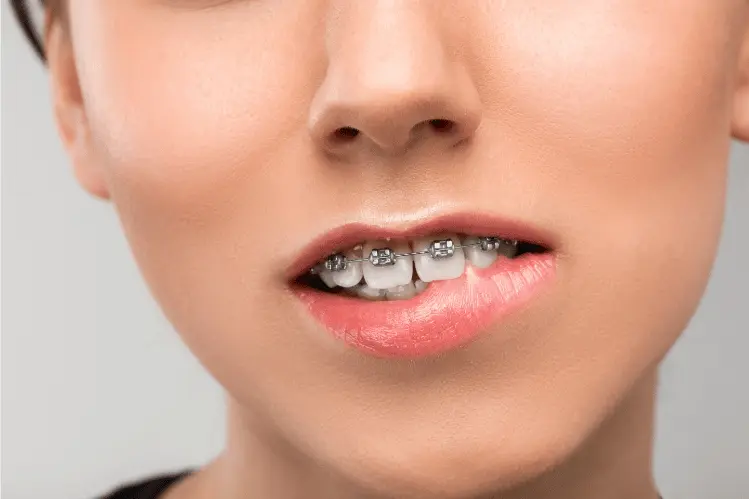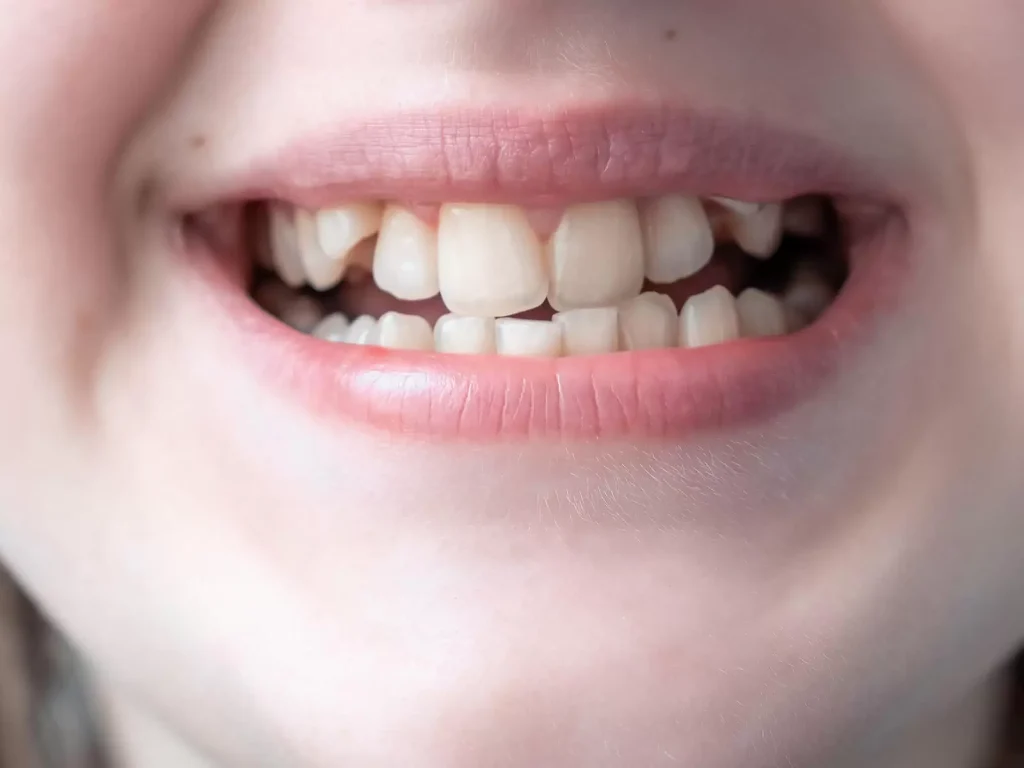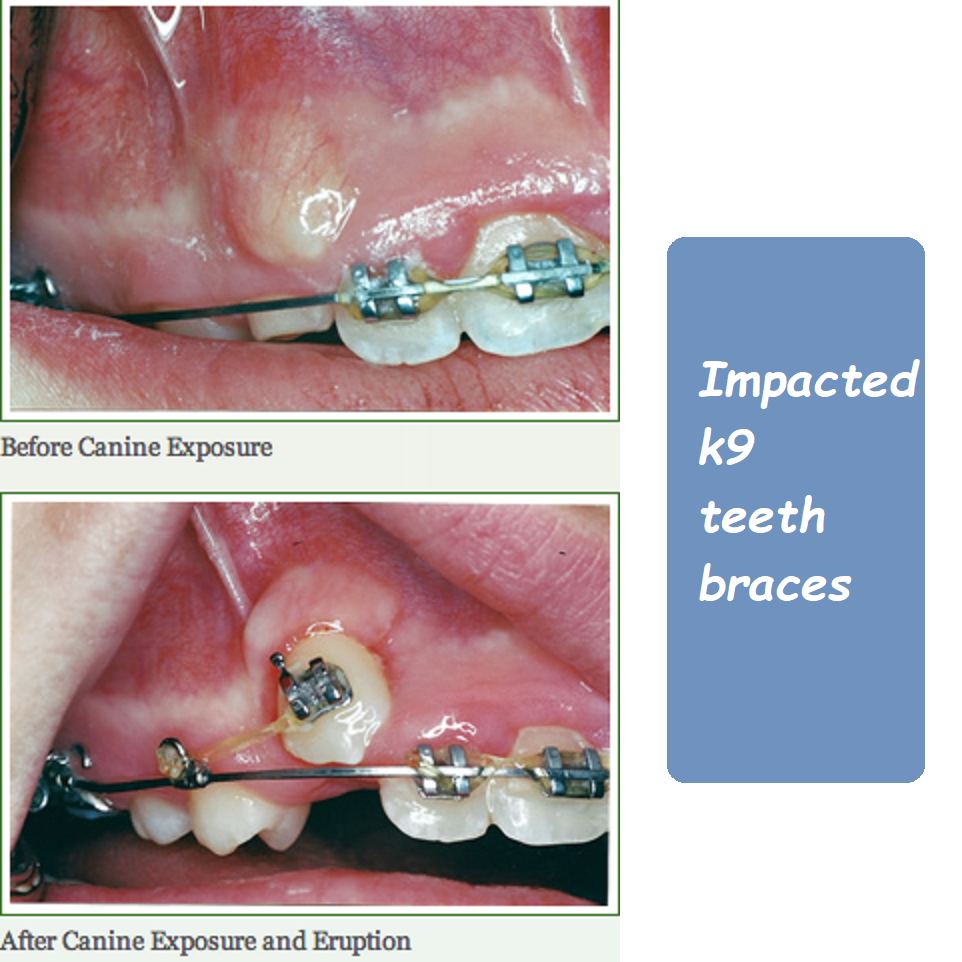Worst age to get braces
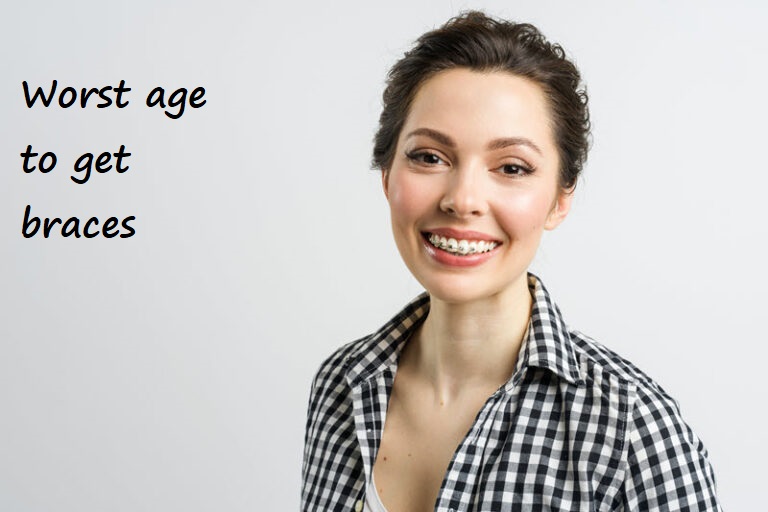
Getting braces is a significant step towards achieving a healthier and more beautiful smile. However, the timing of orthodontic treatment can impact the experience and outcomes. While there’s no universally “worst” age to get braces, certain stages in life can present more challenges than others. This guide will explore the factors that make certain ages less ideal for getting braces, as well as tips for managing orthodontic treatment during these times.
Understanding Orthodontic Treatment
What Are Braces?
Braces are orthodontic devices used to correct misaligned teeth and jaws. They work by applying continuous pressure over time to gradually move teeth into the desired position. Braces can address a variety of dental issues, including:
- Crooked or crowded teeth
- Gaps between teeth
- Overbite, underbite, and crossbite
- Jaw misalignment
Types of Braces
- Traditional Metal Braces: Made of high-grade stainless steel, these are the most common type of braces.
- Ceramic Braces: These braces are made of clear materials and are less visible on the teeth.
- Lingual Braces: Placed behind the teeth, these braces are hidden from view.
- Invisalign: Clear, removable aligners that are custom-made for each patient.
Factors Affecting the Timing of Braces
Several factors influence the ideal timing for getting braces:
- Age: The age of the patient can impact the orthodontic experience and treatment outcomes.
- Dental Development: The stage of dental development, including the presence of baby teeth or permanent teeth, is crucial.
- Growth Spurts: Growth spurts during adolescence can affect the alignment of teeth and jaws.
- Lifestyle and Habits: The patient’s lifestyle, habits, and compliance with orthodontic instructions play a significant role.
Challenges of Getting Braces at Different Ages
Early Childhood (Ages 6-10)
Challenges:
- Dental Development: Many children in this age group still have baby teeth, making comprehensive orthodontic treatment challenging.
- Compliance: Younger children may struggle with the responsibility of maintaining proper oral hygiene and following orthodontic instructions.
- Comfort: Children may find braces uncomfortable and may have difficulty adjusting to the sensation.
Considerations:
- Early orthodontic evaluation can help identify potential issues.
- Phase 1 treatment, or interceptive orthodontics, can address certain problems early on to prepare for comprehensive treatment later.
Adolescence (Ages 11-18)
Challenges:
- Self-Esteem: Adolescence is a sensitive time for self-esteem, and visible braces can impact a teenager’s confidence.
- Social Activities: Braces can interfere with social activities, sports, and musical instruments.
- Compliance: Adolescents may struggle with maintaining proper oral hygiene and wearing orthodontic appliances as directed.
Considerations:
- Adolescence is often the ideal time for orthodontic treatment because growth spurts can help achieve better results.
- Modern options like ceramic braces and Invisalign are less visible and can be more appealing to teenagers.
Adulthood (Ages 19 and Older)
Challenges:
- Bone Density: Adults have denser bone tissue, making tooth movement slower compared to children and teenagers.
- Oral Health: Adults may have preexisting dental issues such as gum disease, which can complicate orthodontic treatment.
- Lifestyle: Busy schedules and responsibilities can make it challenging to attend regular orthodontic appointments and maintain proper oral hygiene.
Considerations:
- Many adults seek orthodontic treatment for cosmetic reasons and are highly motivated to comply with treatment plans.
- Invisalign and other discreet options are popular among adults who want to straighten their teeth without noticeable braces.
Managing Orthodontic Treatment at Challenging Ages
Tips for Children and Adolescents
- Parental Support: Parents should provide support and encouragement to help children and teenagers maintain proper oral hygiene and follow orthodontic instructions.
- Education: Educating young patients about the importance of orthodontic treatment and how to care for their braces can improve compliance.
- Comfort Measures: Using orthodontic wax and taking over-the-counter pain relievers can help manage discomfort.
Tips for Adults
- Scheduling Flexibility: Choose an orthodontist with flexible scheduling options to accommodate busy work and personal commitments.
- Oral Hygiene: Maintain a diligent oral hygiene routine, including regular dental check-ups, to prevent complications during orthodontic treatment.
- Patience: Understand that treatment may take longer due to slower tooth movement and be patient with the process.
The Best Time for Braces
While there is no “worst” age universally, the best time for braces is often during adolescence (ages 11-14) for several reasons:
- Growth Spurts: The jaw and facial bones are still growing, making it easier to move teeth into their desired positions.
- Permanent Teeth: Most permanent teeth have erupted, providing a stable foundation for orthodontic treatment.
- Better Compliance: Teenagers are typically more responsible than younger children and can better understand the importance of following orthodontic instructions.
Conclusion
So, is there a worst age to get braces? While each age group presents its own challenges, orthodontic treatment can be successful at any age with proper care and compliance. The best time for braces is often during adolescence, but with advancements in orthodontic technology, effective treatment options are available for children and adults alike.
If you’re considering braces for yourself or your child, consult with an orthodontist to determine the best treatment plan based on your specific needs and circumstances. Remember, a beautiful and healthy smile is achievable at any age with the right approach and commitment.
Have you or your child undergone orthodontic treatment at a challenging age? Share your experiences or ask any questions in the comments below. Let’s support each other in achieving optimal dental health and beautiful smiles!
Wondering about the worst age to get braces? Explore the challenges of orthodontic treatment at different ages, from childhood to adulthood, and learn how to manage them effectively for a beautiful, healthy smile.

